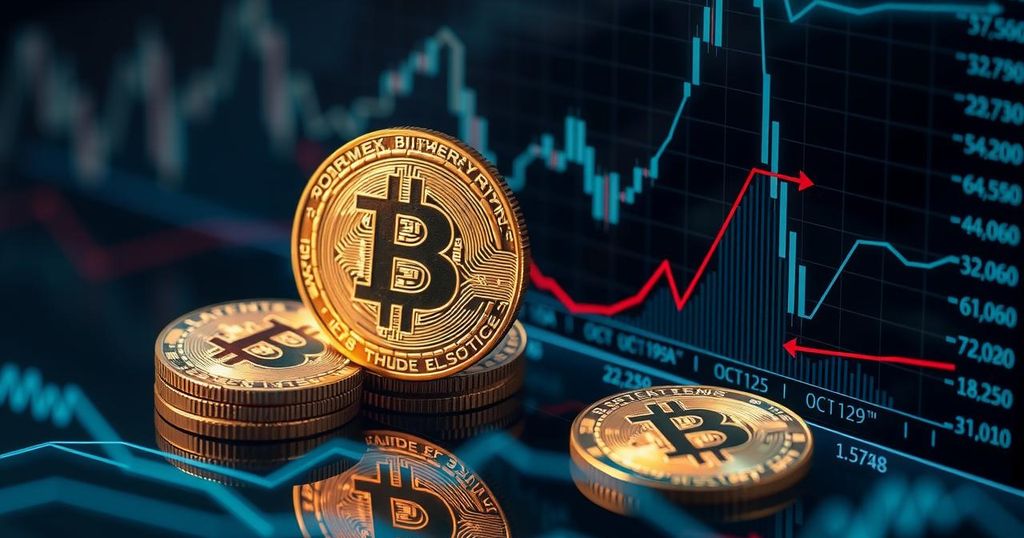Bitcoin’s Rally: The Impact of Limited Supply and Investor Demand
Bitcoin’s price has recently surpassed $100,000, driven by both its limited supply and increasing demand. Experts debate the influence of scarcity versus the appetite of investors, noting the complexities surrounding pricing in the cryptocurrency market. Events such as the election of pro-cryptocurrency officials and the introduction of Bitcoin ETFs have also significantly impacted Bitcoin’s value, illustrating its volatility and attractiveness as an investment.
Recently, Bitcoin prices surged past $100,000 for the first time, with various factors contributing to this significant milestone. Some analysts attribute this increase to the influence of pro-cryptocurrency policies by President-elect Donald Trump. However, experts suggest that Bitcoin’s inherent scarcity plays a crucial role in this price hike. The established limit of 21 million Bitcoins, with only approximately 19.8 million currently mined, means that demand can heavily influence its value.
The cryptocurrency’s design, which allows for halving the number of new Bitcoins generated every four years, creates a gradual scarcity that intensifies its appeal. Nikhil Bhatia, a finance professor, explained, “The limited supply of bitcoin makes it attractive.” Other experts, such as Bryan Armour from Morningstar, highlighted that when demand increases and fewer Bitcoins are available for sale, prices inevitably rise.
Touching on the relationship between supply and demand, some skeptics argue that Bitcoin’s value is solely a product of its finite supply. Eswar Prasad from Cornell University remarked, “That is a fundamental underpinning of its value, because bitcoin has no intrinsic value since it isn’t working very well as a medium of exchange.” Nevertheless, others like Christian Catalini believe that the trajectory of Bitcoin supply has been largely factored into its pricing, suggesting that increased investment is a driving force for demand.
This complex dynamic surrounding Bitcoin pricing was further evident following Trump’s election, which triggered a near 50% spike in Bitcoin’s value. However, the cryptocurrency also experienced significant fluctuations, illustrating its volatility as an asset. As noted by Ariel Zetlin-Jones, the determining factors behind Bitcoin pricing continue to be difficult to disentangle, leaving many questions regarding the balance of supply and demand in the market.
Bitcoin, created in 2009 by an unknown entity known as Satoshi Nakamoto, is built upon a decentralized digital architecture that limits the total supply to 21 million coins. Approximately 19.8 million Bitcoins have already been produced, establishing a sense of scarcity in the marketplace. This programming includes a mechanism that reduces the number of new Bitcoins mined approximately every four years. As interest in Bitcoin grows from both retail and institutional investors, its price is influenced not only by its limited supply but also by fluctuating demand. Recent events, such as the election of pro-cryptocurrency politicians and the approval of Bitcoin ETFs, have also contributed to the asset’s volatility.
Overall, the surge in Bitcoin prices past the $100,000 mark can be attributed to a mix of factors, including its limited supply and rising demand among investors. While some analysts stress the impact of scarcity as a key driver of value, others point to the expanding interest and investment in Bitcoin by both individuals and institutions. Understanding the interplay between these elements remains crucial for assessing future trends in Bitcoin pricing.
Original Source: abcnews.go.com








Post Comment